Report this entry
More from the same community-collection
Mote Carlo Club - Juarez, Mexico
Large crowd at the Monte Carlo Club. The sign in the center of ...
Mexican Revolution Federals (Rurales) - Juarez, Mexico
Group of Mexican Federals standing around a group of deceased ...
Francisco "Pancho" Villa - El Paso, Texas
Portrait of famed Mexican Revolution leader Francisco "Pancho" ...
The Dead of The Mexican Revolution
A.) This photo shows a deceased Zapatista. The caption reads, ...
Photo Collage of Francisco "Pancho" Villa
This photo is a collage of 12 independent Aultman photos 1 and 7 ...
Calle del Commercio - Ciudad Juarez, Mexico
"Calle del Commercio," The main business street in Ciudad ...
Taft/Diaz Meeting - Ciudad Juarez, Mexico
The back of the photograph reads, El Paso, Taft-Diaz meeting. ...
Taft/Diaz Meeting - Ciudad Juarez, Mexico
The Custom House in Ciudad Juarez, Mexico decorated for the ...
President William H. Taft - El Paso, Texas
The back of the photograph reads, El Paso, Taft-Diaz meeting. ...
Photography by Berenice Bernal Martinez
Pasos Urbanos: A Photographic Narrative of Downtown Borderland ...
Photography by Berenice Bernal Martinez
Pasos Urbanos: A Photographic Narrative of Downtown Borderland ...
Photography by Berenice Bernal Martinez
Pasos Urbanos: A Photographic Narrative of Downtown Borderland ...
Photography by Berenice Bernal Martinez
Pasos Urbanos: A Photographic Narrative of Downtown Borderland ...
Photography by Berenice Bernal Martinez
Pasos Urbanos: A Photographic Narrative of Downtown Borderland ...







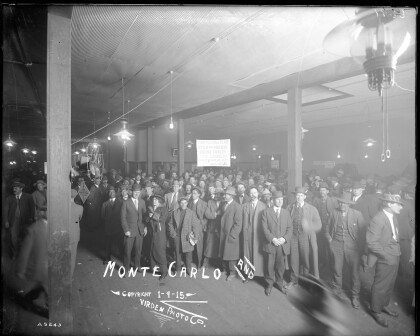
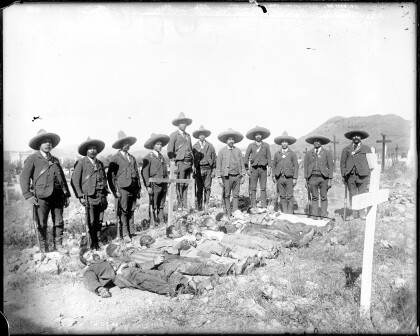
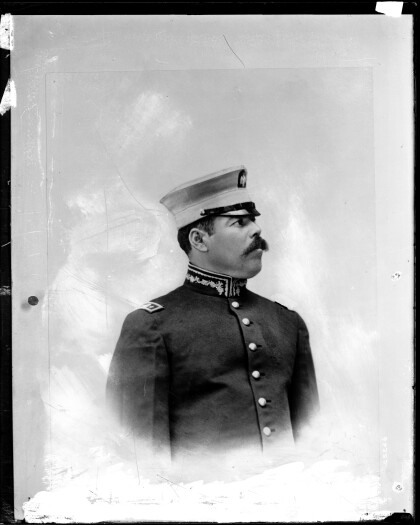
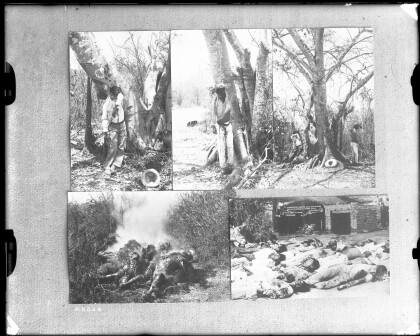
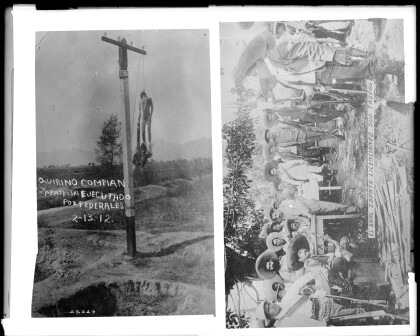
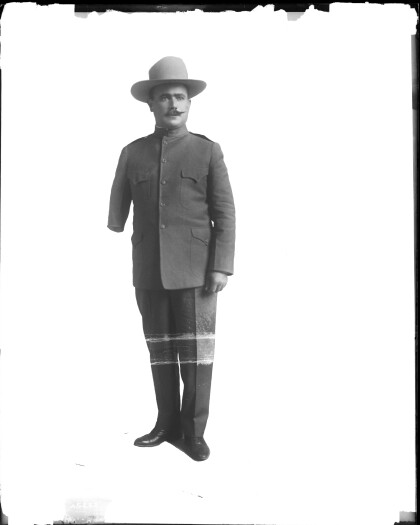
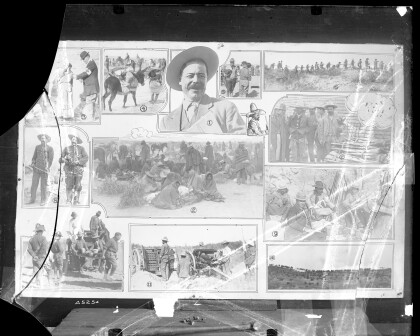
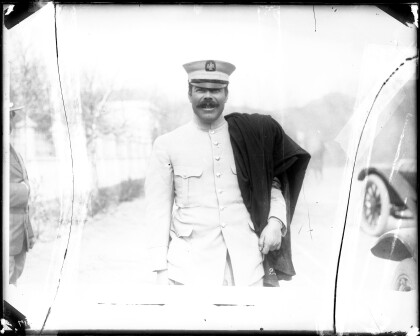
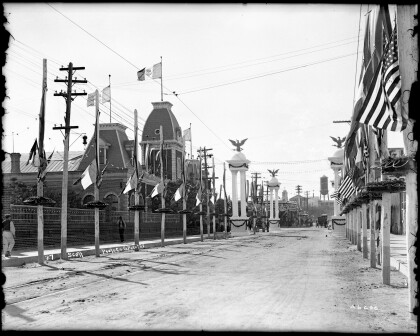
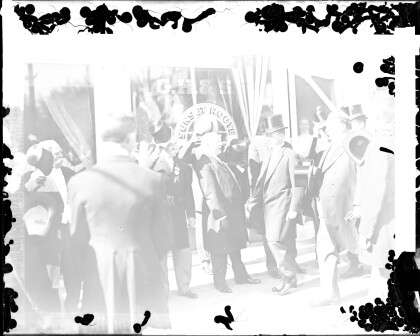
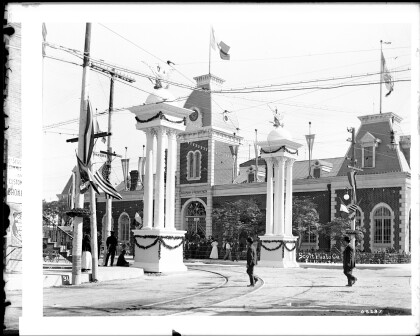
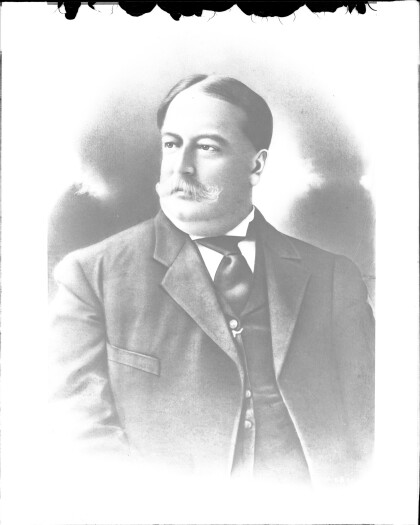
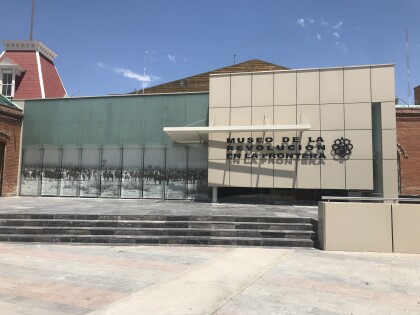
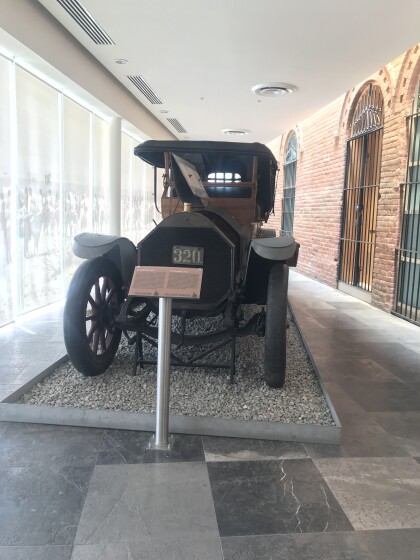
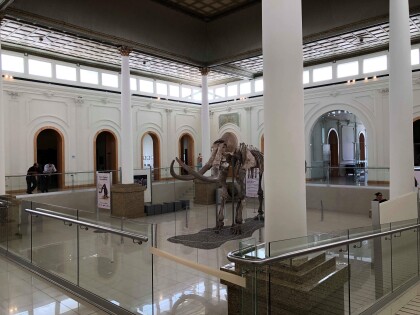
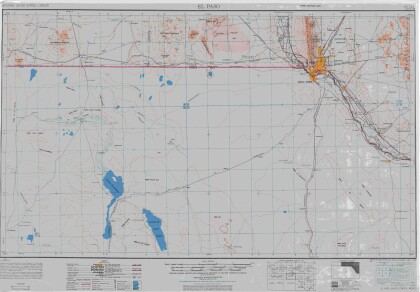
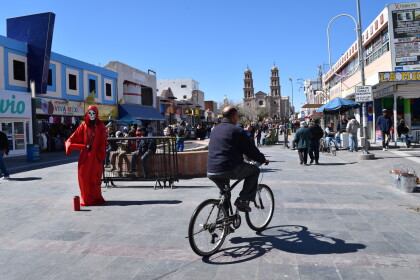
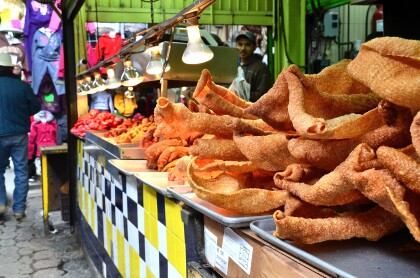
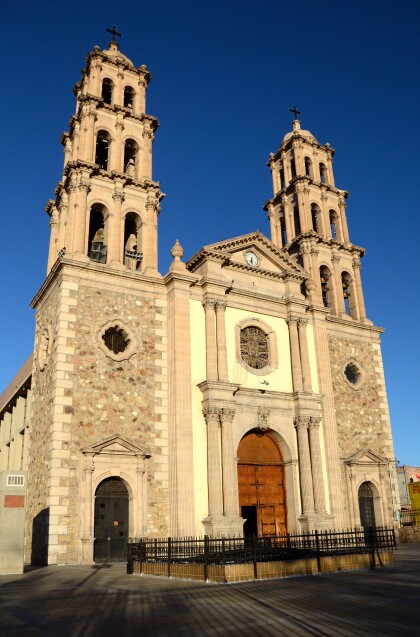
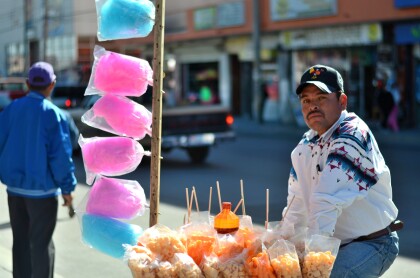
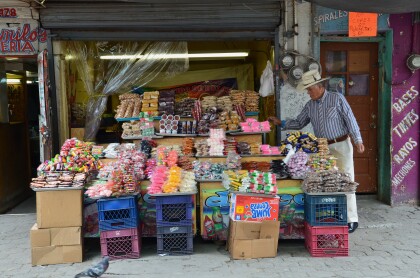
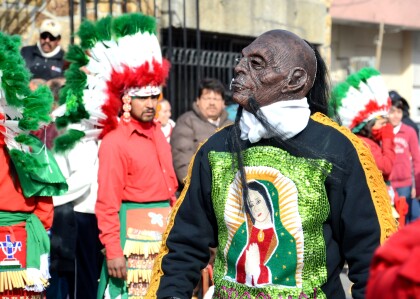
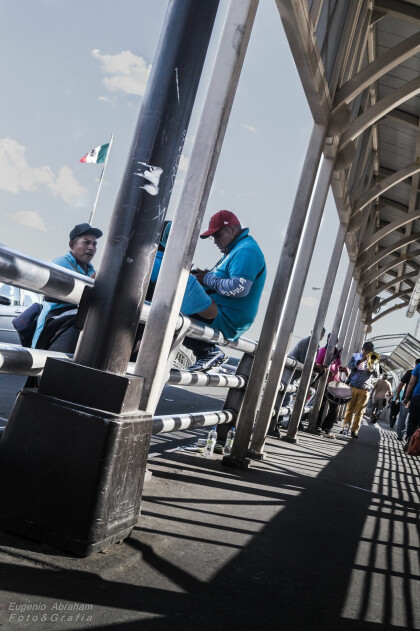
Comments
Add a comment